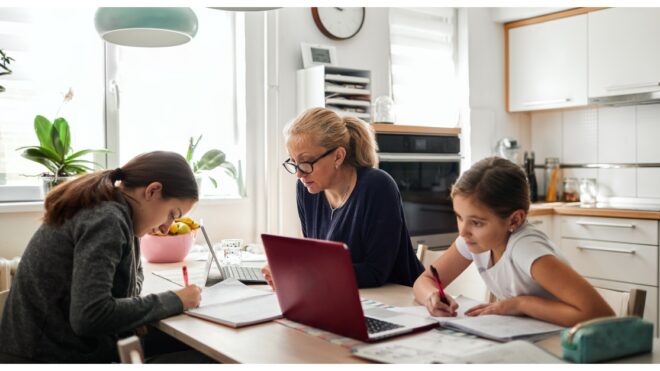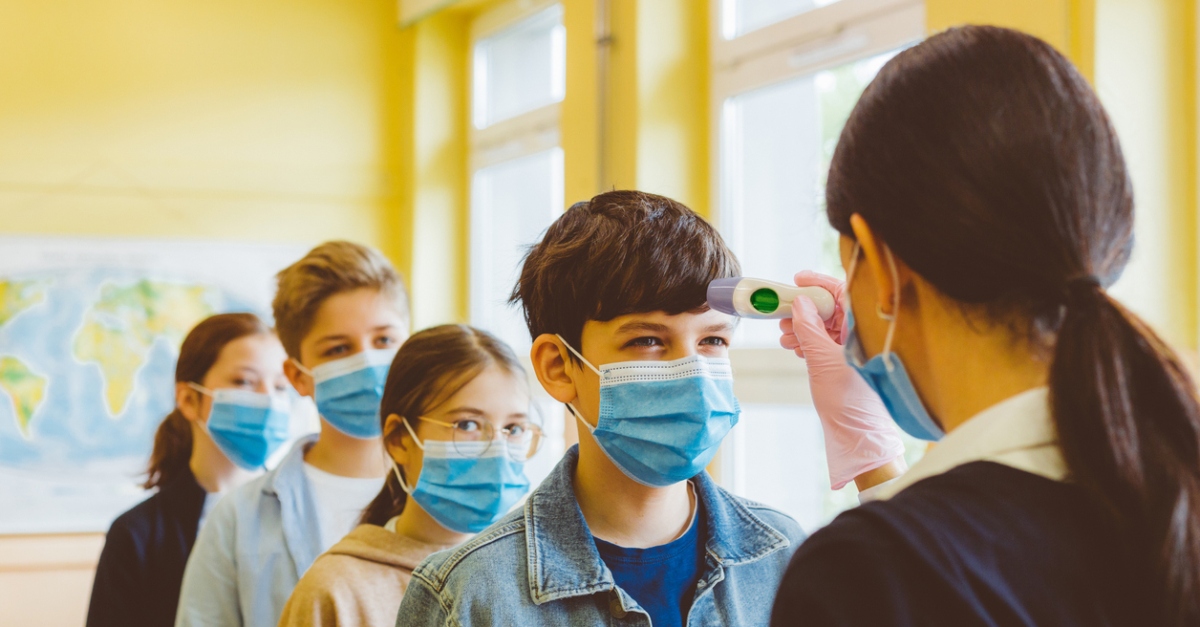
Remember how the end of last summer vibrated with back-to-school sales and the promise of transformation in the coming school year? Our world has changed so drastically in the past few months that many of us feel completely unprepared for this fall. Parents and caregivers have spent the last few weeks reeling between terrifying news headlines, an incoherent government response to the global health crisis, and school reopening plans that fail to assure student safety — if schools reopen at all. In the midst of such uncertainty, one thing is for sure. The new school year is going to stink. So let's plan for it.
Right now, parents and caregivers are either deciding whether to send their children back to school or coming to terms with another round of school closures. Here's where your spring and summer post mortem will help determine the next course of action.
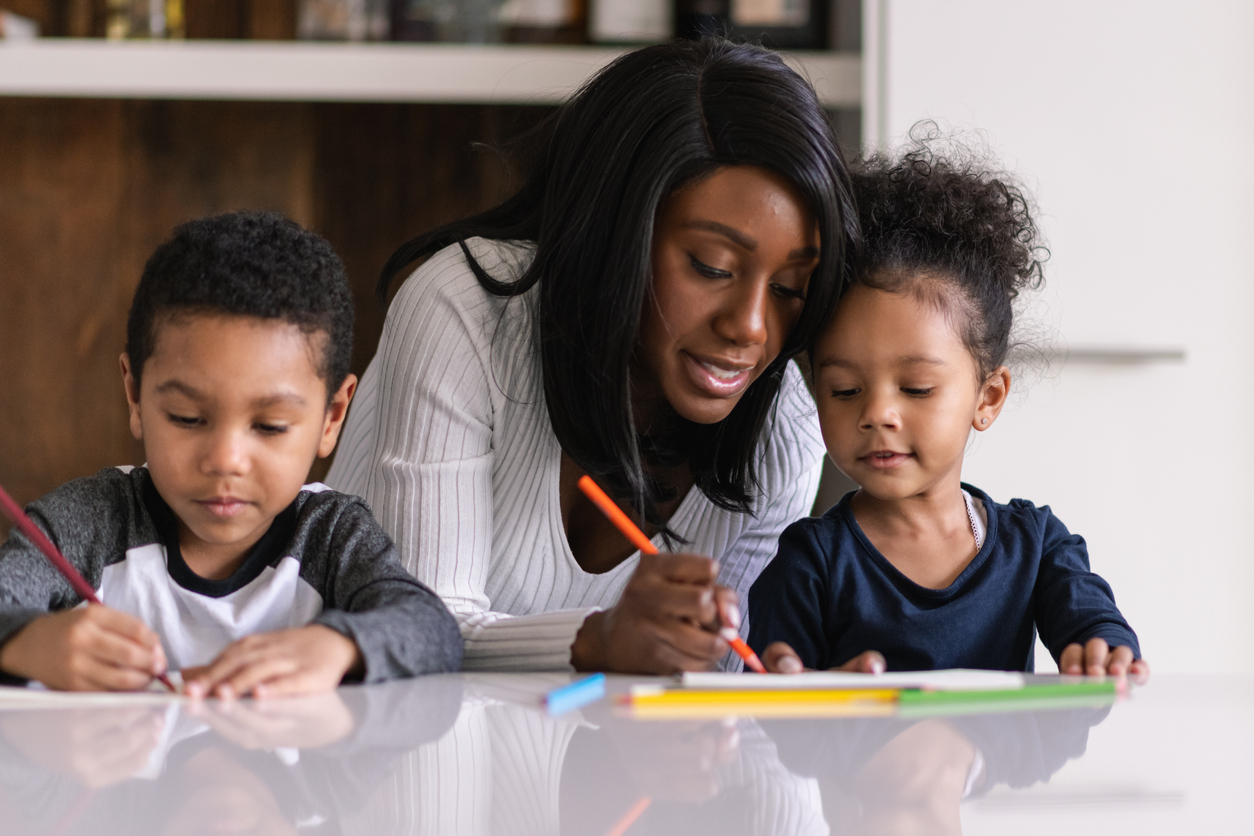
The first step to planning for the unknown is to map out what we do know. Last spring showed us what a total lockdown looked like. Our perception of who is deemed an essential worker changed drastically. Office culture died with no guarantee of resurrection. And suddenly, schools closed down and we were cooped up with our kids for months. This experience not only unveiled deeper inequities in our society, but it facilitated revelations about our values, our children, our capabilities, and our limitations. With these "knowns" in hand, we can look ahead to the fall term and use them to help us make difficult choices.
The next step is to define your family's needs in this new normal. What are your professional needs, if you have them? Consider your external needs, like child care, and your internal needs, like well-being and mental health. As you formulate decisions about your child's return to school or not, remember to center yourself in the picture as well. Be honest about what you feel capable of and how you'll manage.
Practical Prep
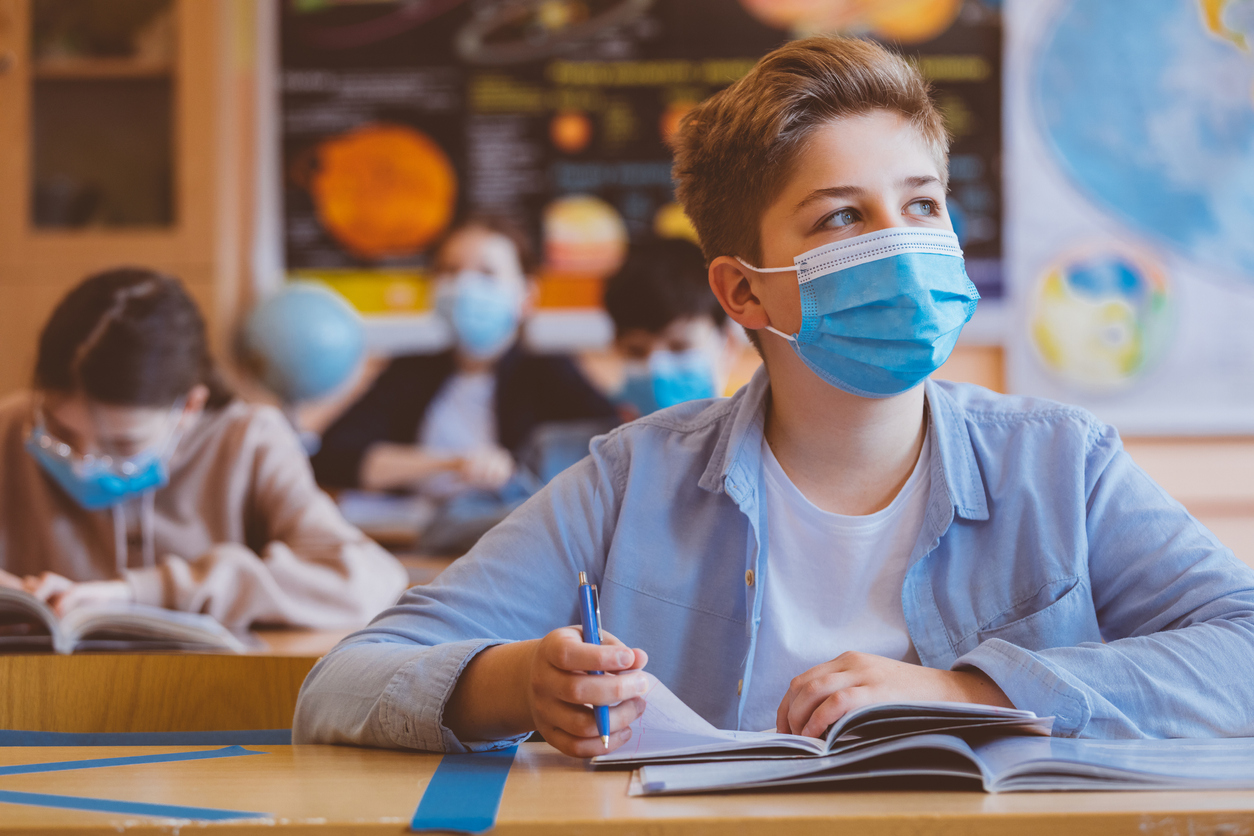
There are no easy answers, but no matter what you decide, preparing your family for whatever comes at you is imperative. The best way to prepare is to be informed and flexible. You'll want to begin by gathering as much information relevant to your situation as possible. Is your child's school reopening in the fall, and if so, what are the new protocols?
Find out what your options are in this scenario. So, for example, is virtual learning a possibility should you feel completely uncomfortable sending your child back to school right now? Options like hybrid learning, meaning your child goes to school for about two days a week and homeschools for three days, are beginning to open up. Parents, albeit more affluent families, are exploring learning pods or "micro-schooling" where private teachers and tutors are hired to teach small groups of children outside of the classroom.
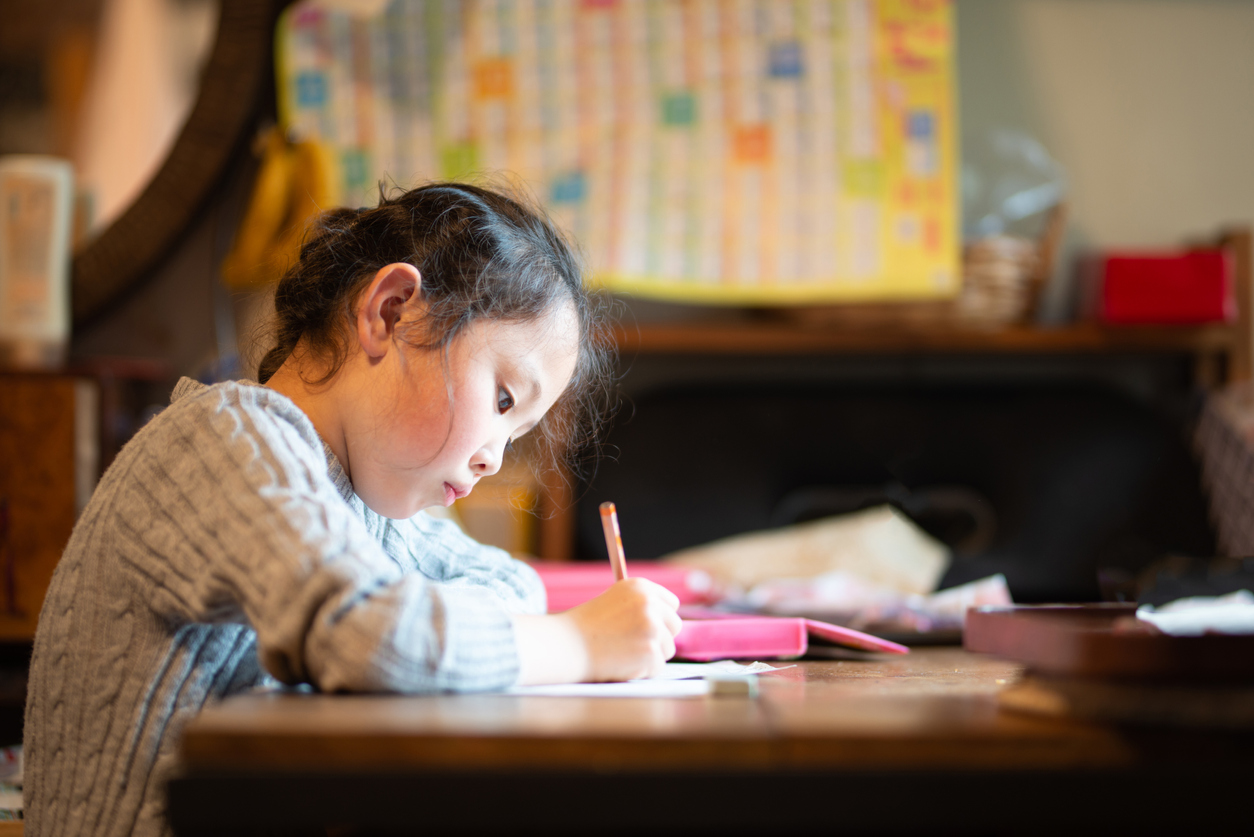
If you plan to keep your child home this term, be sure to inform the school of your decision because you may need to request permission to homeschool. Even if you plan to send your child back to school, you'll need to set up a plan in case the school closes with short notice.
Once you understand your options concerning your child's school, you'll need to consider your employment options if it's pertinent to your situation. Again, you'll want to gather all the information you can get your hands on, then speak with your employer. If you are employed, what are your employer's expectations of you in the fall? Will they offer flexible working hours? Will you need child care support like after-school programs, day care centers, or help from family in order to meet the demands of your job? In some cases, parents will need to make extremely difficult choices, like walking away from employment to stay at home with their children.
Mental Prep
The choice between sending kids to school, potentially exposing them and your family to the virus, and virtual learning that can result in educational and social regression is anxiety-inducing. For students, having to forego milestones like prom and graduation, in addition to social gatherings like science fairs and class trips, can trigger mental health issues. Feelings of isolation and hopelessness can be overwhelming. And for parents, the burden of keeping up with staggering demands at work while ensuring your child maintains academic performance standards is a herculean task. Something's gotta give.
Here's where reflecting on the last few months is key. What observations did you make concerning your child's education and well-being? Did your child lose interest in virtual learning? Were they wracked with fear of stepping back into the outside world? Acknowledge these dispositions and seek out resources that can address these issues where possible.
Loss of routine may have had a major effect on your child while learning from home. Consider encouraging them to dress up for classroom video calls if they're not heading back to a physical school setting. Set them up with a workstation, and post a daily schedule nearby. And let's not forget about creative ways of learning. There is a science to cooking and mathematical calculations in home improvement projects.
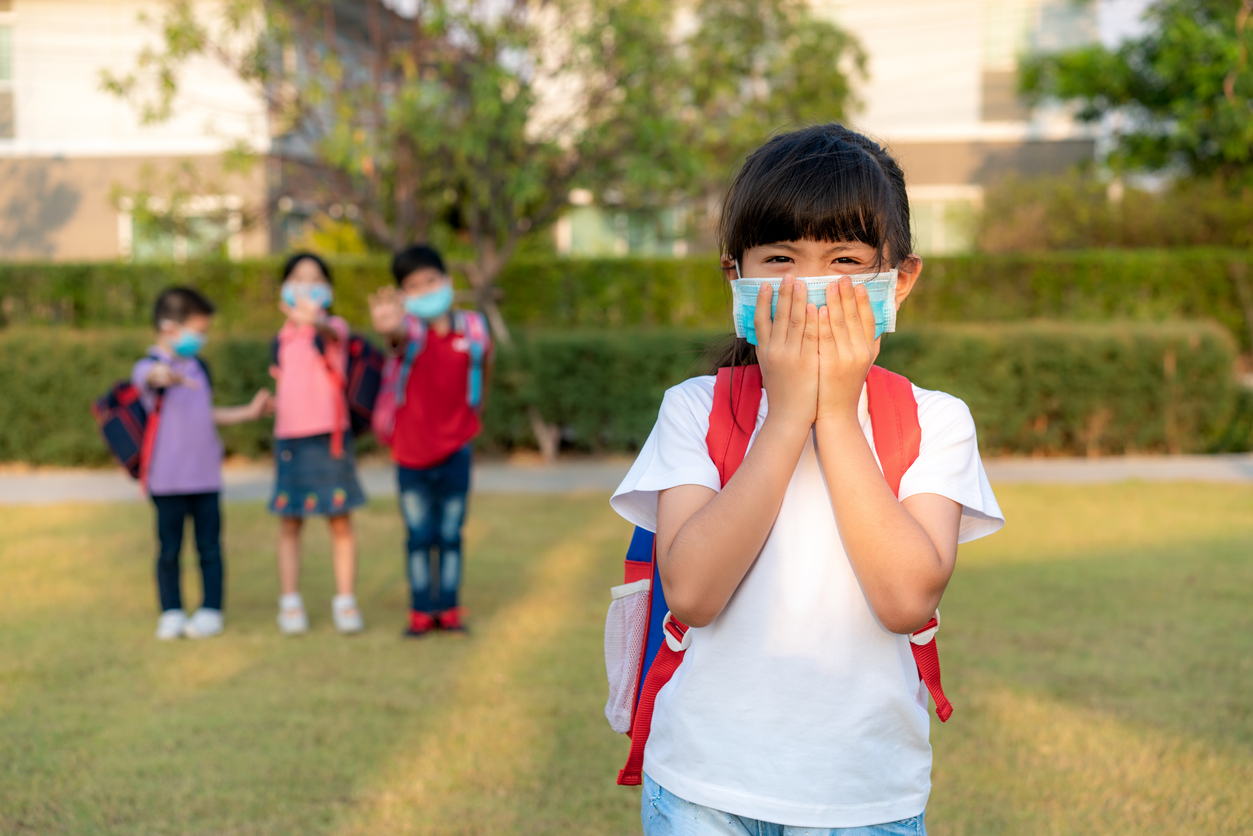
What if your child is hesitant about returning to school? Find out if the school offers a day or two to come in and practice new social distancing protocols. Allow your child to understand how the school is working to keep students safe and what students can do to protect themselves. Plus, you'll want to talk to your family about plans to quarantine should the need arise.
We're in This Together
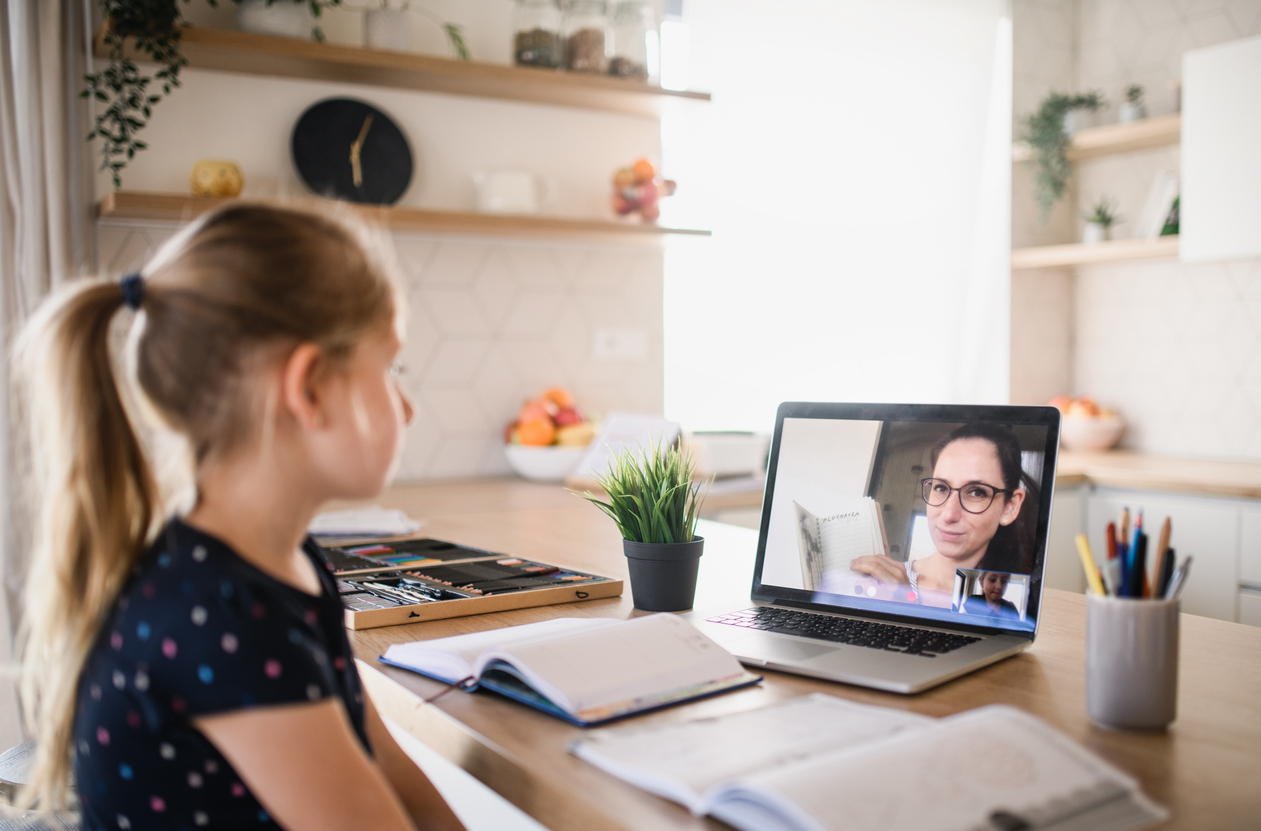
Here are two important things to keep in mind when deciding on a course of action for your child this fall. The first is that each family's situation is unique. As you communicate with other parents and caregivers to gauge the popular decision, note that your situation may not align with theirs. And that’s OK.
Your family has specific needs, and you need to do what's right for your family. The second thing to keep in mind is that you're doing the best you can, and we are all in this together. Find solace in the fact that you made it through half a year riding out a global health crisis no one saw coming. Now let this valuable hindsight help guide your way forward as a family.

